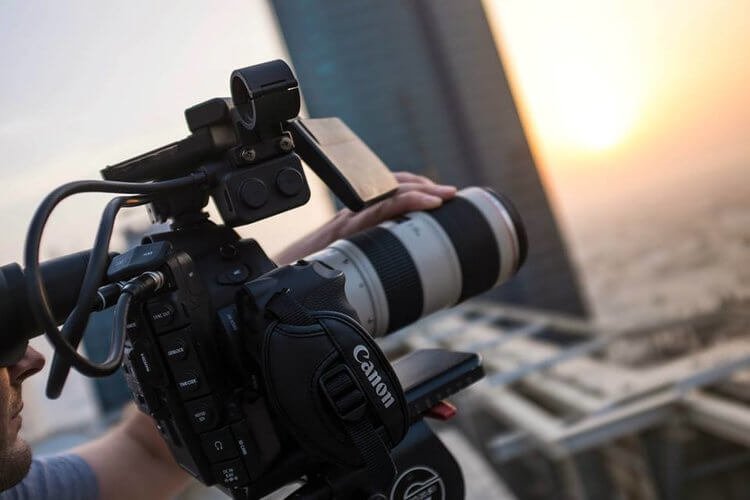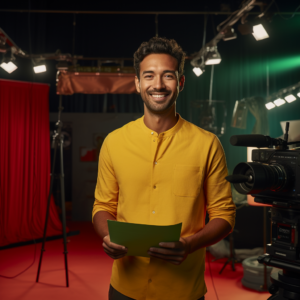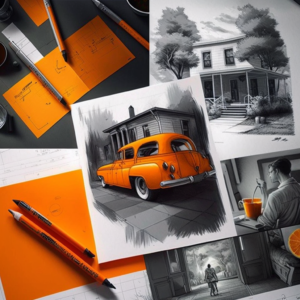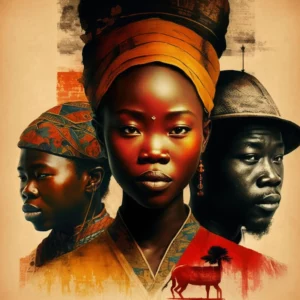Listen to this article
The Art of Cinematography: Tips and Tricks for Achieving Visual Mastery
Cinematography is the heart and soul of filmmaking, it’s the foundation on which great stories are built. From the use of lighting and color to the framing of shots, cinematography has the power to evoke emotions, create atmosphere, and bring stories to life. Whether you’re a beginner or a seasoned cinematographer, mastering the art of cinematography is an ongoing journey. In this blog, we’ll be exploring tips and tricks for achieving visual mastery, so you can bring your stories to life in the most powerful and captivating way possible.
Mastering Light and Color:
Light and color are two of the most important elements of cinematography. They work together to create mood and atmosphere, and to bring characters and settings to life. Here are a few tips and tricks for mastering light and color.
Understanding lighting
It’s important to understand how to use light to create depth, contrast, and mood. Experiment with different lighting setups, such as backlighting, side lighting, and three-point lighting, to see how they affect your shots.
Using color to create mood
Color can be used to evoke emotions, such as sadness or happiness, and to create atmosphere. Experiment with different color palettes, such as cool blues and greens for a melancholy mood, or warm yellows and oranges for a happy, sunny atmosphere.
Balancing light and color
Balancing the use of light and color is key to achieving visual mastery. Make sure to choose colors that complement each other and to adjust the brightness and intensity of lights to create a harmonious balance.
The Power of Framing
Framing is the art of choosing what to include and exclude from a shot, and how to arrange the elements within the frame. Here are a few tips and tricks for mastering the power of framing.
Understanding composition
Composition refers to the arrangement of elements within the frame, and it has a big impact on the overall look and feel of a shot. Experiment with different compositions, such as the rule of thirds, symmetry, and asymmetry, to see how they affect your shots.
Using negative space
Negative space refers to the areas of the frame that are not filled with elements, and it can be used to create tension, add depth, and guide the viewer’s eye. Experiment with different ways of using negative space to see how it affects your shots.
Moving the camera
Moving the camera, whether it’s through a tracking shot, a crane shot, or a drone shot, can add energy and interest to a scene. Experiment with different camera movements to see how they affect your shots.
The Art of Storytelling
Storytelling is at the heart of filmmaking, and it’s the foundation on which great cinematography is built. Here are a few tips and tricks for using cinematography to tell stories.
Show, don’t tell
In filmmaking, it’s often more powerful to show what’s happening rather than to tell. Use visual cues, such as facial expressions and body language, to communicate emotions and actions.
Building tension
Tension is an important part of storytelling, and it can be built through the use of lighting, color, and framing. Experiment with different techniques, such as cutting between close-ups and wide shots, to build tension in your scenes.
Adding emotion
Emotion is what makes stories come to life, and it can be added through the use of music, sound effects, and visual cues.
Cinematography is a crucial aspect of filmmaking that has the power to bring stories to life. From mastering light and color to understanding the power of framing and storytelling, there are many tips and tricks for achieving visual mastery. These tips are by no means exhaustive, but they serve as a starting point for exploring the art of cinematography. By continuing to experiment and grow as a filmmaker, you can create captivating visuals that engage and move your audience. So go forth and start creating, and remember, the possibilities are endless!







